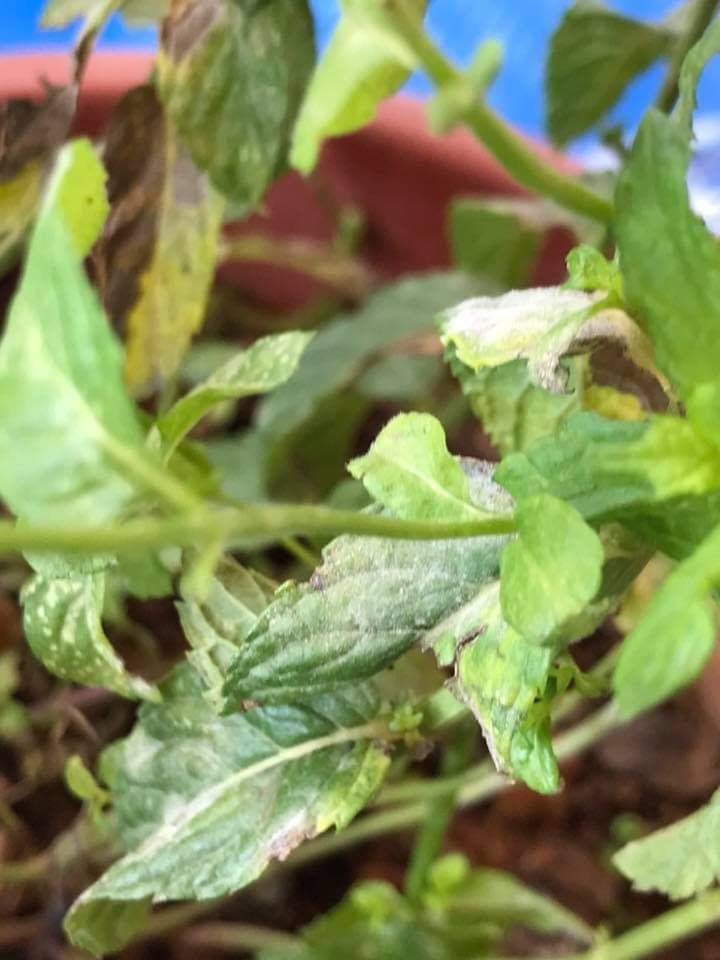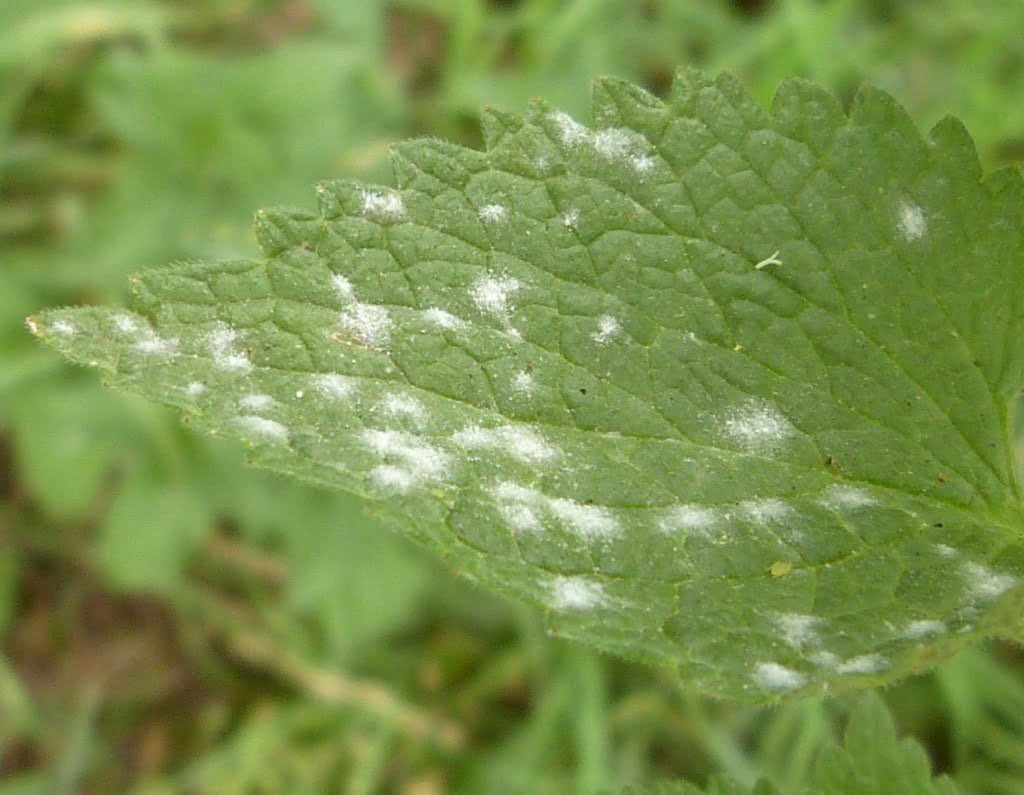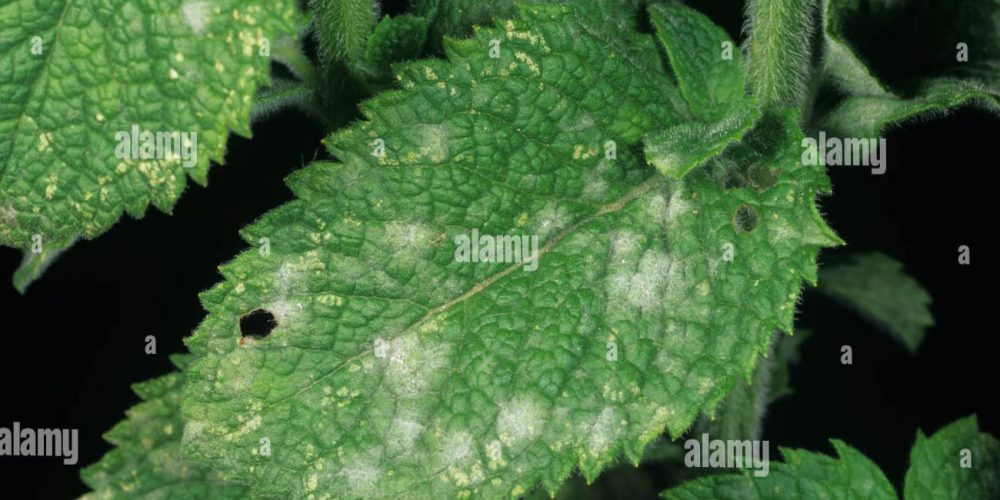Table of contents of the article
TogglePowdery mildew in Mint is a fungal disease that affects the mint plant, affecting its growth and quality. And in this article on your site botanist WORLD of PLANTS, we will review the causes of this disease, its symptoms, methods of prevention and treatment to keep mint plants healthy.
What is powdery mildew
Powdery mildew, (English: Powdery mildew), is a fungal disease that is considered one of the most dangerous diseases affecting many agricultural crops such as wheat, barley, grapes and cucurbit crops such as cucumbers and zucchini. Different crops are infected with different strains of fungi of the order (in English: Erysiphales). This disease is easy to distinguish due to its pronounced symptoms similar to white flour.
Symptoms of powdery mildew disease in mint
- Delicate white spots appear on the upper and lower surfaces of leaves and stems.
- Under favorable conditions, the disease causes huge losses. It also reduces the
- Powdery mildew grows well in environments with high humidity and moderate temperatures.
- Greenhouses provide a humid and temperate environment ideal for the spread of the disease, this causes damage to agricultural and horticultural practices as powdery mildew may thrive in the shade of greenhouses. In an agricultural or horticultural environment, the pathogen can be controlled using chemical methods, Bioorganic methods and genetic resistance.
- It is important to be aware of powdery mildew and manage it because the resulting disease can significantly reduce the income of important crops.
- In the agricultural environment, the pathogen can be controlled using chemical methods, genetic resistance and precision farming methods.
Conventional chemical control
- The use of standard fungicides is considered an effective way to control powdery mildew disease on plants.
- It is advisable to start conventional fungicide spraying programs when you first notice the symptoms and signs of powdery mildew.
- These pesticides should be used regularly to get the best results against the disease. (Triadimefon) and propiconazole can be used, it is also possible to use hexaconazole, myclobutanil and benconazole.
Prevention of powdery mildew disease in mint
The following are tips for protecting plants from powdery mildew infection:
- Choose plant varieties that are resistant to this disease.
- Plant plants in sunny areas.
- Selection of fertilizer based on the results of soil testing.
- Leave a good spacing between the plants, so that each of them gets adequate ventilation.
- Examine several leaves of mature plants to make sure they do not get sick.
- Removal of weeds.
- Avoid excessive use of nitrogen.
Survival and spread of powdery mildew in mint
Germs at rest are responsible for the primary spread and airborne germs are responsible for the secondary spread
In conclusion, we would like to note that we, at the world of plants website, offer you all the necessary services in the world of plants, we provide all farmers and those interested in plants with three main services::-
- Artificial intelligence consulting service to help you identify diseases that affect plants and how to deal with them.
- Blog about plants, plant diseases and care of various crops ... You are currently browsing one of her articles right now.
- An application that provides agricultural consultations to clients, as well as a service for imaging diseases and knowing their treatment for free – Click to download the Android version from Google Play Store، Click to download the IOS version from the Apple App Store.
References
Mint Mildew – Neoerysiphe galeopsidis – naturespot
Mint Diseases – vikaspedia.in






